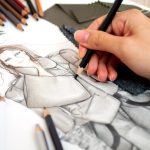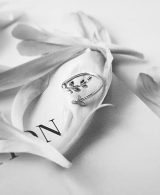Creating a fashion portfolio
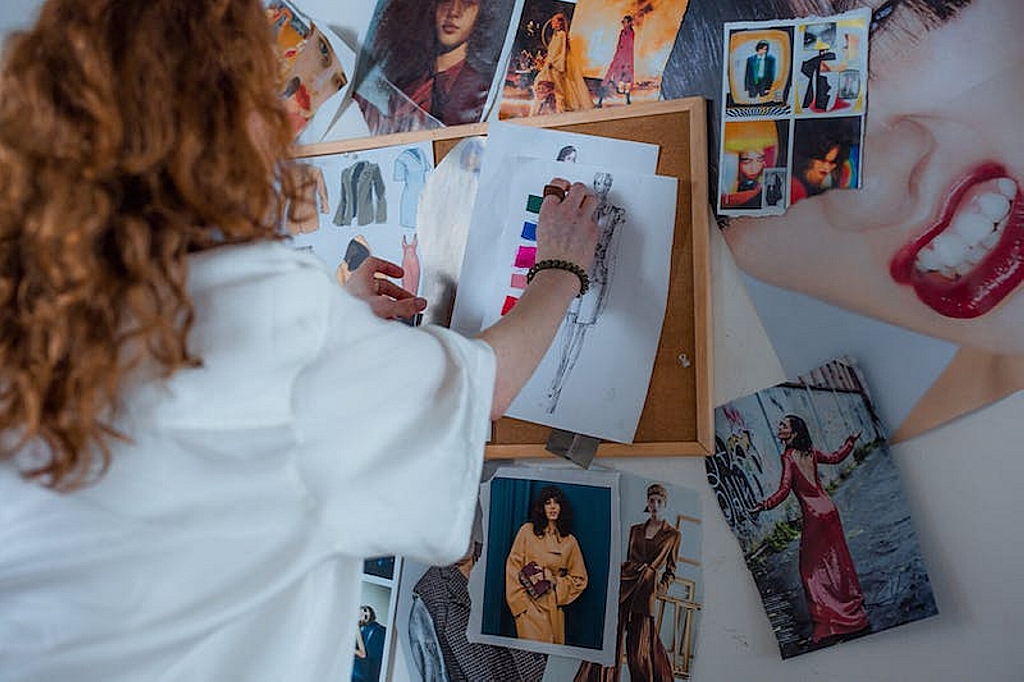
Fashion Portfolio
As the name implies, a fashion portfolio contains a collection of the work of a fashion designer or stylist, showcasing their creativity, skills, and personal tastes. And creating a fashion portfolio is very important because this serves as a visual representation of their abilities and a tool for showcasing their work to potential clients, employers, or customers.
Among the types of fashion portfolios that are available to designers are physical portfolios as well as online portfolios. Physical portfolios usually consist of binders or books that contain photographs, sketches, and descriptions of the designer’s work. In recent years, online portfolios have become increasingly popular and are typically hosted on a website or social media platform.
Creating a Fashion Portfolio
A fashion portfolio is a collection of your best work, showcasing your skills, creativity, and style. It is an essential step for anyone wanting to gain recognition in the fashion industry. A fashion portfolio is a collection of your best work. This article will explore creating a portfolio that will stand out and impress your potential employer, client, or customer.
Step 1: Define Your Target Audience
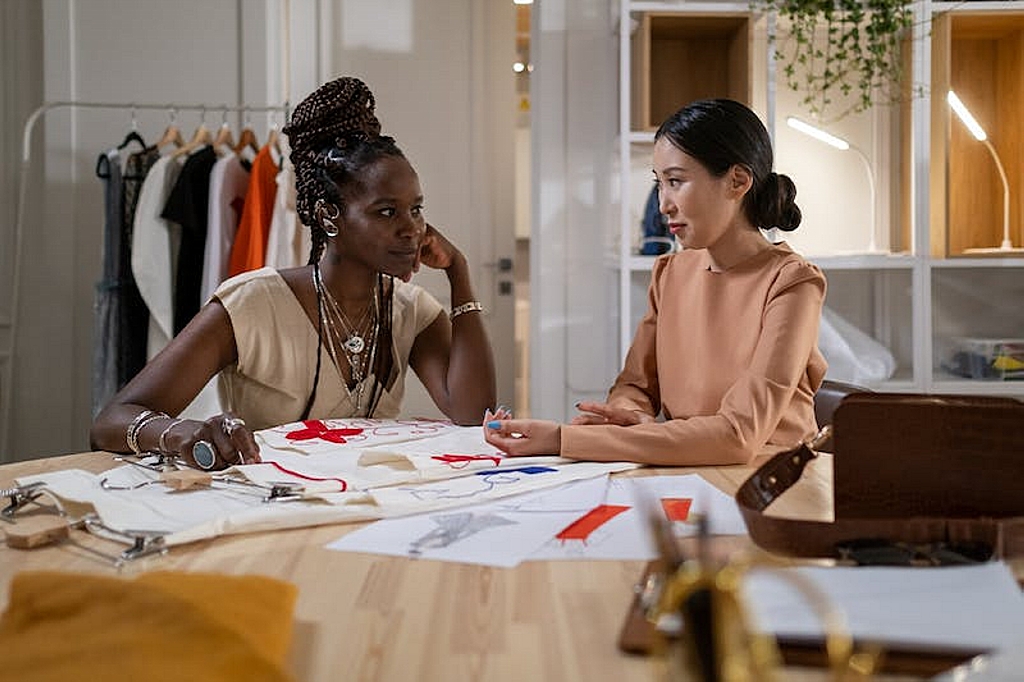
To create a fashion portfolio, you must define your target audience first. Are you interested in working with potential employers, clients, or customers? Knowing your target audience will help you tailor your portfolio to suit the needs and interests of your target audience. You should focus on your skills and versatility to target potential employers. If you are targeting clients or customers, you should emphasize your unique style and creativity if you are targeting potential employers.
Step 2: Choose Your Most Outstanding Work
Putting together your best work in your fashion portfolio is the key to success. Select your best pieces from your fashion design or styling work collection. Refrain from including everything you have ever done, but select a few pieces that show off your style and range. Quality is more important than quantity, so choose a few pieces representing your range and style.
Step 3: Create a theme.
Consider creating a theme for your portfolio to be cohesive and stand out from the crowd. It may be a color palette, a particular style, or a particular season. Whatever theme you choose, be sure it is relevant to your target audience.
Step 4: Include Sketches and Drawings
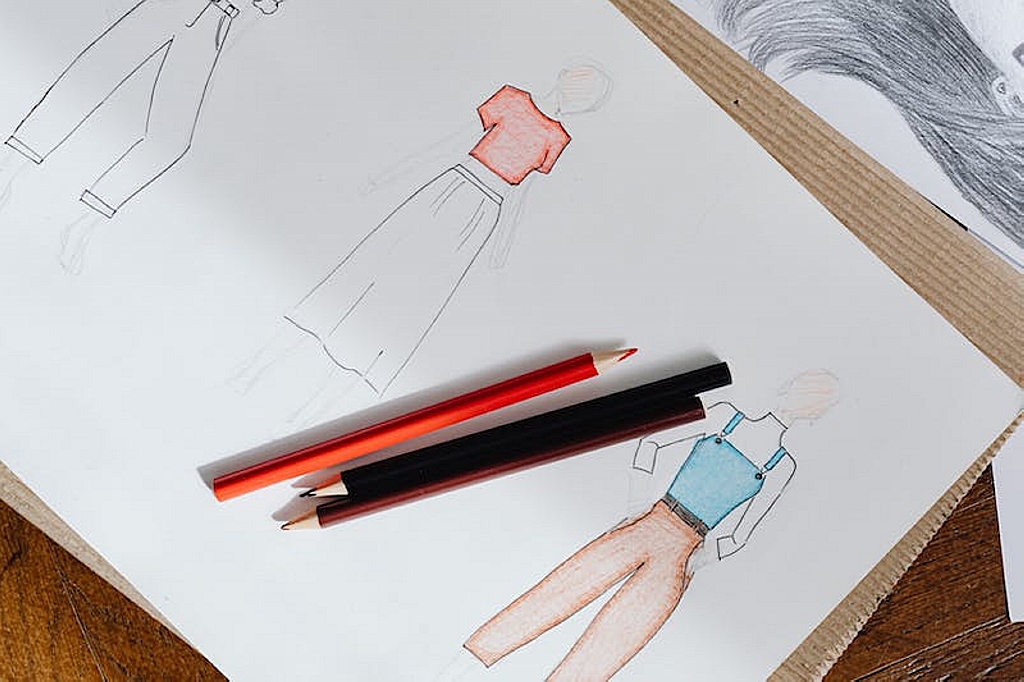 As a fashion designer, you should include sketches and drawings of your designs in your resume. Including your sketches in your resume will give potential clients or employers a sense of the creative process you are going through and the level of detail you put into your work. Ensure you include swatches of fabrics or other materials you used in your design. If you wish, you can also include swatches of fabrics.
As a fashion designer, you should include sketches and drawings of your designs in your resume. Including your sketches in your resume will give potential clients or employers a sense of the creative process you are going through and the level of detail you put into your work. Ensure you include swatches of fabrics or other materials you used in your design. If you wish, you can also include swatches of fabrics.
Step 5: Include Professional Photos
Whether you’re a designer or fashion stylist, you must include high-quality images of your work in your portfolio. You should take professional photos that showcase the best possible light for your designs and styling. The photos you choose should be clear, well-lit, and well-framed. You should also include a variety of angles to emphasize the details you have created.
Step 6: Show Your Versatility
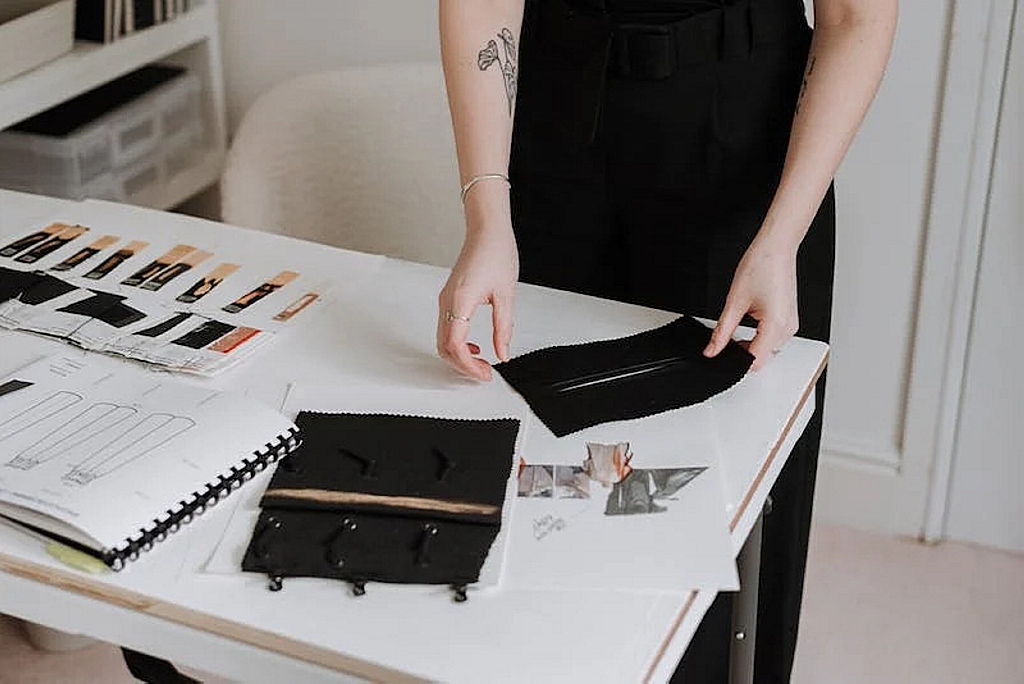
You can include examples of your work with different materials, styles, or seasons in your portfolio if you have experience working with them. As a result, potential clients or employers will see that you are versatile and capable of handling various projects. When applying for a position as a stylist or designer, highlight any skills that make you stand out from your competitors.
Step 7: Provide Context
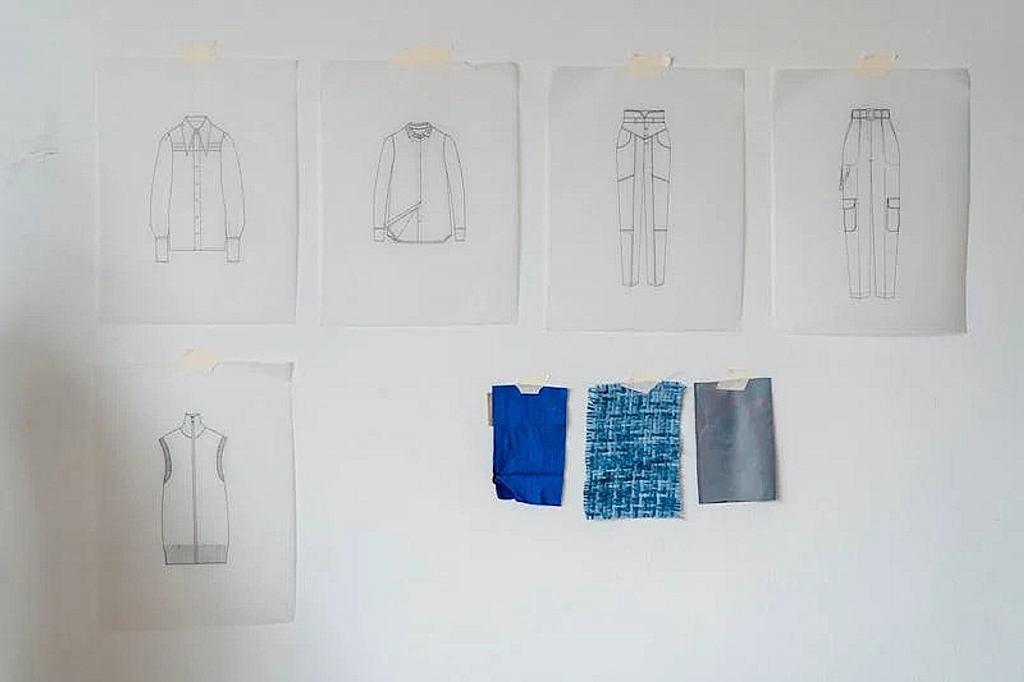
Your portfolio should briefly describe the inspiration behind each piece, the materials used, and other relevant details. As a result, viewers will have a better understanding of your design skills as well as your thought process. Make sure your descriptions are succinct and to the point.
Step 8: Make It Easy to Navigate
The final tip is to design your portfolio, so it is easy to navigate. It should be easy to access and share your portfolio, whether it is online or printed if you use a clean, simple layout. Ensure to include a table of contents and a brief introduction highlighting your strengths and areas of expertise. If you have an online portfolio or printed portfolio, ensure it’s easy to access and share.
Conclusion:
A fashion portfolio is an important part of any fashion designer’s or stylist’s career journey if they wish to establish themselves as a fashion designer or stylist. The following steps will guide you through creating a stunning fashion portfolio that will showcase your unique style and talents, impress potential employers, clients, or customers, and help you stand out from the competition. If you take the time to build your portfolio to the best of your ability, you will be able to reflect your skills and creativity in it.





